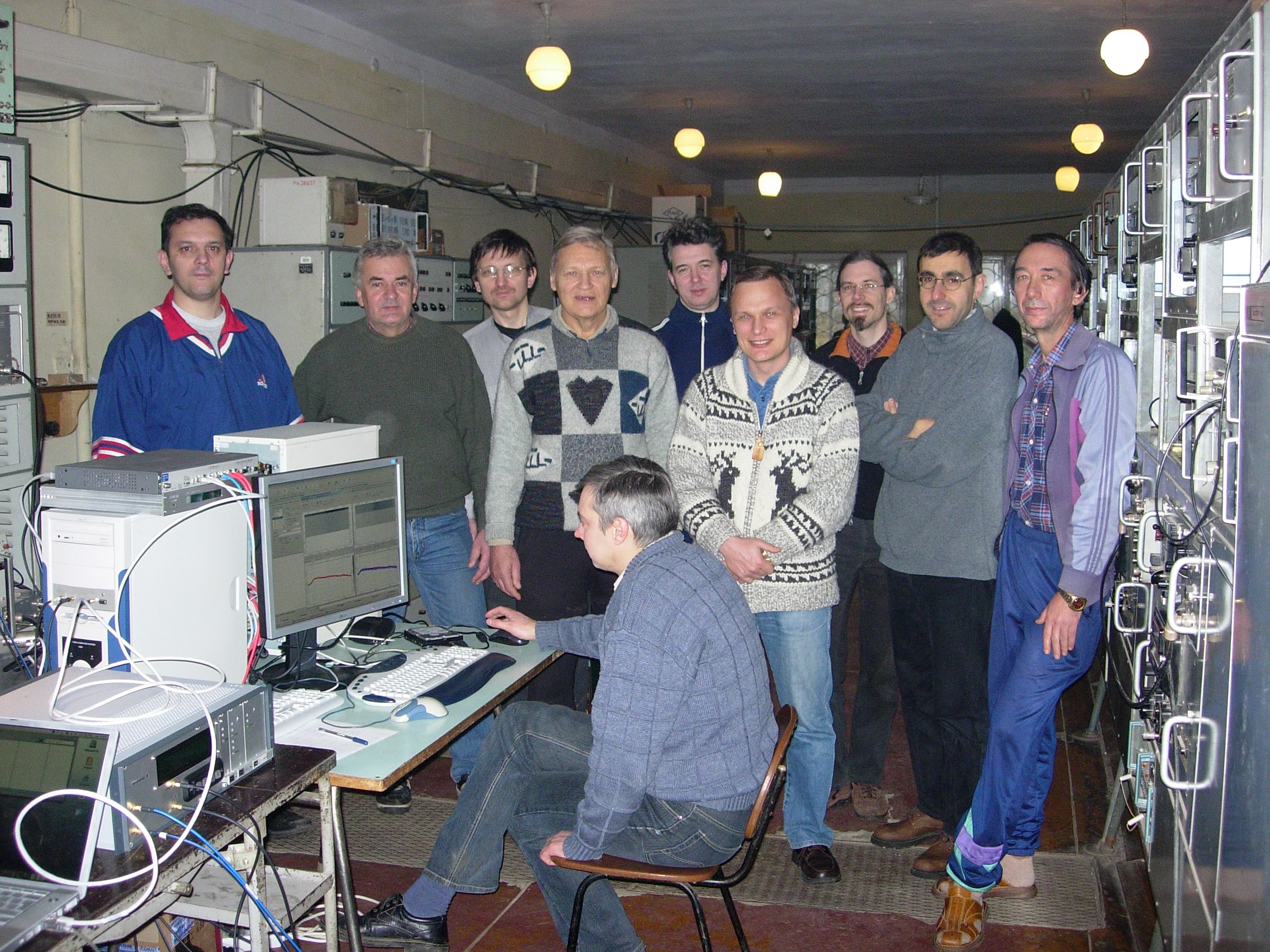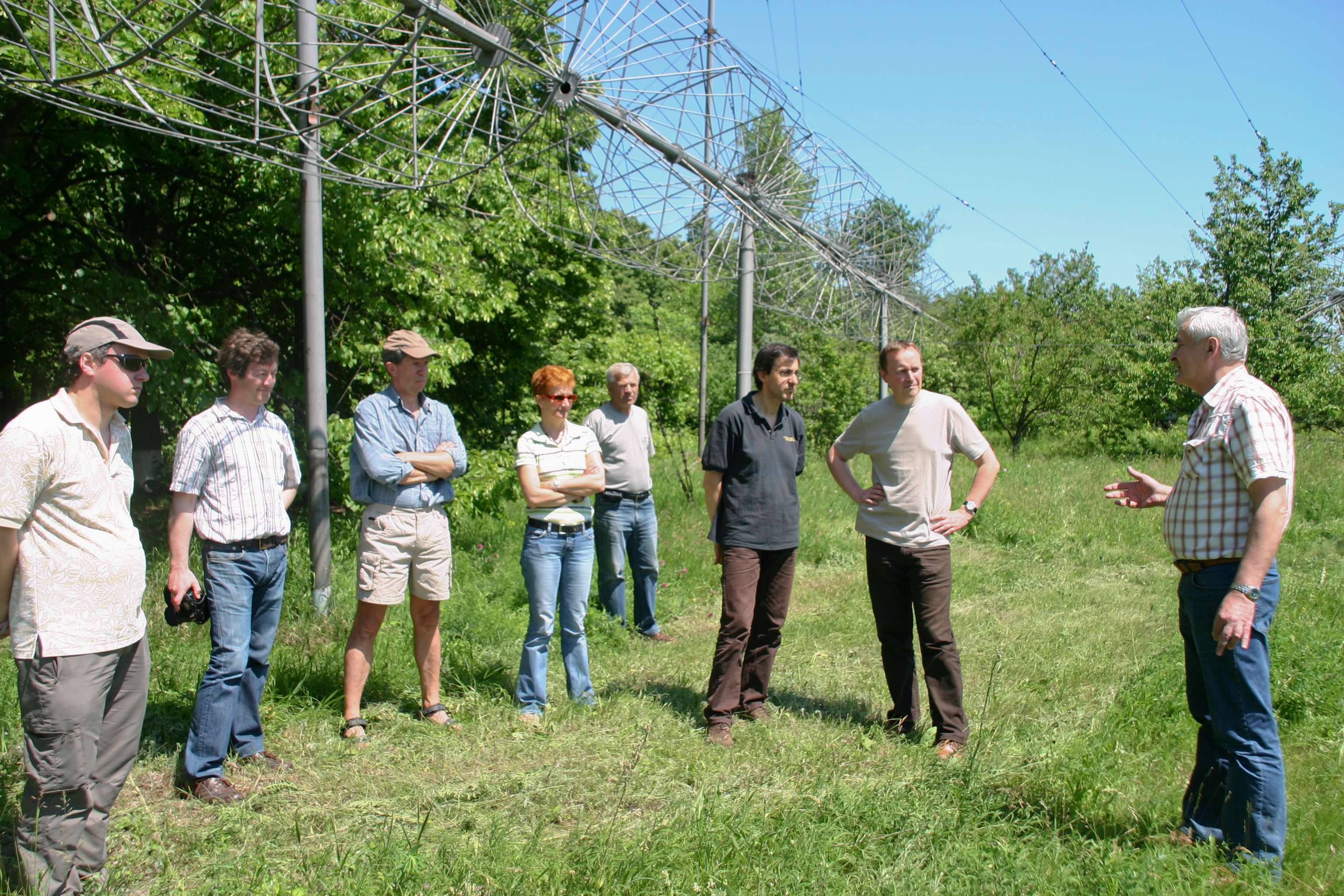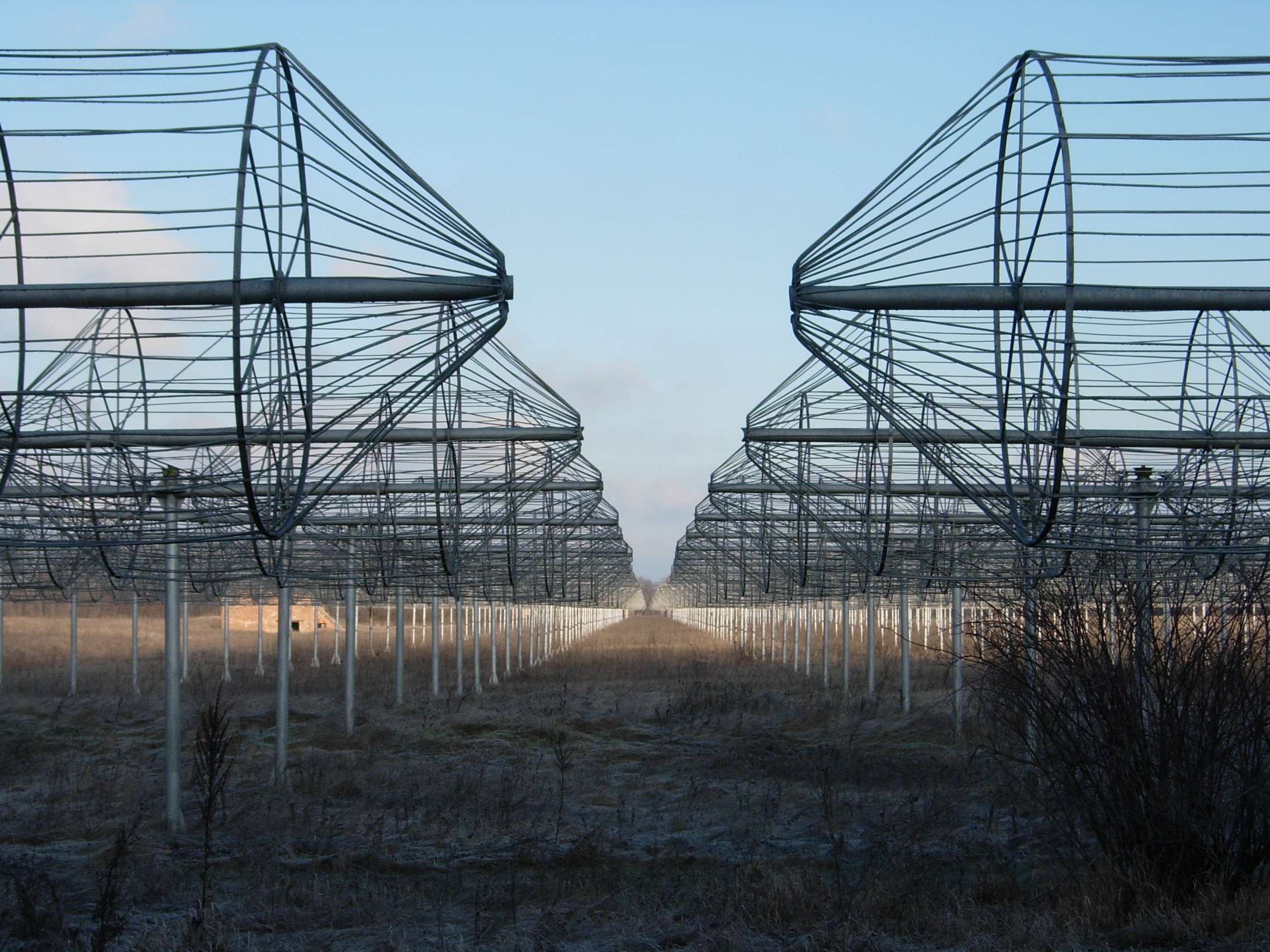From UTR-2 to NenuFAR : 30 years of scientific and technical synergy
This collaboration began in the early 1990s between members of the Observatoire de Paris-PSL (OP) decametric group at Meudon and Nançay (P. Zarka, A. Lecacheux, L. Denis, C. Rosolen, A. Gerbault), the space department of the Observatory (J.-L. Bougeret) and the teams of B. Ryabov and O. Konovalenko at IRA. H. Rucker’s team at the Space Research Institute in Graz (Austria) was an important partner during the first decade.
IRA had developed the giant antenna array (2040 dipoles) UTR-2 in Kharkiv, to which the OP teams brought modern receivers (spectrum analyzer, spectro-acousto optics, digital receivers) and associated computing, during multiple visits as part of various collaborative programs (INTAS Europe, PICS CNRS France-Ukraine, ANR Radio-Exoplanets, ANR LSS study & prototyping...). This collaboration has given OP researchers access to the world’s most sensitive low-frequency radio telescope (8-32 MHz), ahead of LOFAR and NenuFAR, while enhancing its performance.
Shared technologies for radio astronomy research
Starting with radio emissions from Jupiter and the Sun (and in particular their fine time-frequency structures), the subjects covered gradually diversified, moving on to storm flashes (from Saturn, detected for the first time from the ground), pulsars and other transient radio emissions (with LPC2E/Orléans), and the search for exoplanets in radio (with a joint France-Ukraine thesis). Intense technical collaboration has also been established, leading to the development of “standard” digital receivers now used on all Ukrainian radio telescopes, preparatory work for the development of NenuFAR (IRA has considerable expertise in antennas, arrays and propagation), and joint participation in antenna array projects on the Moon.
IRA researchers are now contributing to the scientific exploitation of NenuFAR (10-85 MHz), on new subjects such as recombination lines in the interstellar medium, the evolution of supernova remnants, scintillation and radio propagation. These activities have resulted in over 50 jointly refereed papers, as well as numerous communications and conference presentations.
In the face of war, cooperation endures and looks to the future
The Russo-Ukrainian war destroyed a large part of the UTR-2 radio telescope facilities, leading Ukrainian researchers to fall back on their URAN network, the increased use of NenuFAR and the development of their GURT project (analogous to NenuFAR). Observatoire de Paris welcomed Ukrainian radio astronomers to France as part of the PAUSE program, helped the Ukrainian radio astronomy community to forge closer ties with the European community gathered around LOFAR, and co-submitted funding applications to Europe with a view to rebuilding radio astronomy research infrastructures in Ukraine.
This East-West collaboration, unprecedented in its scope and duration, is headed by O. Konovalenko and V. Zakhar. Konovalenko and V. Zakharenko (IRA) in Ukraine and P. Zarka (LIRA, ORN, OP) in France, was consecrated on May 2, 2025 by the simultaneous election of V. Zakharenko and P. Zarka as national and foreign members respectively of the Ukrainian Academy of Sciences.


Even in the current difficult political context, collaboration between OP and IRA continues, and is set to develop further as soon as the Russo-Ukrainian war reaches an outcome, which we hope will be favourable for the Ukraine. The main topics are the transient Universe and the study of exoplanets in radio, subjects currently undergoing rapid development, notably at the OP and in the international community.

